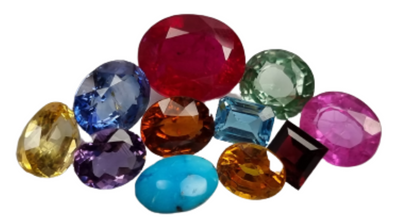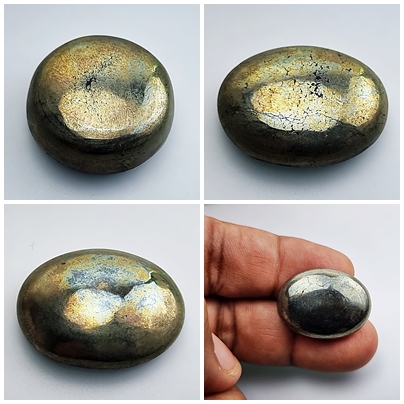Pyrite: Gemstone Information
Pyrite, often referred to as “fool’s gold” due to its resemblance to gold, is a widely recognized mineral with a diverse range of applications and benefits. Its chemical composition is iron disulfide (FeS2), and it typically forms in sedimentary, metamorphic, and hydrothermal environments. Here’s a detailed exploration of the information and benefits of pyrite:
Physical Characteristics: Pyrite often occurs as cubic crystals or as clusters of small, shiny, metallic-looking crystals. Its color can vary from pale brass-yellow to a deep golden hue. It has a hardness of 6 to 6.5 on the Mohs scale, making it relatively durable.
Occurrence: Pyrite is found worldwide, with significant deposits in countries like Spain, Peru, the United States, and Russia. It occurs in a variety of geological settings, including sedimentary rocks, hydrothermal veins, and metamorphic rocks.
Formation: Pyrite forms under a range of geological conditions. It can precipitate from hydrothermal fluids in veins, crystallize from solutions in sedimentary environments, or result from the alteration of organic matter in coal deposits.
Associations: Pyrite is often associated with other minerals such as quartz, calcite, sphalerite, and galena. It is frequently found in mineral deposits alongside valuable ores like gold and copper.
Economic Importance: Pyrite has long been valued for its sulfur content, which is used in the production of sulfuric acid, a crucial industrial chemical. Additionally, pyrite is often associated with valuable ore deposits, and its presence can indicate the potential for finding economically significant minerals like gold and copper.
Metaphysical Properties: In metaphysical circles, pyrite is believed to possess protective and grounding properties. It is thought to shield against negative energies and promote physical and emotional well-being. Many people use pyrite as a talisman for prosperity and abundance.
Industrial Uses: Pyrite’s metallic luster and conductivity make it useful in various industrial applications. It is utilized in the manufacture of sulfur dioxide, which is essential for the production of sulfuric acid. Pyrite is also employed in the production of steel, as a source of sulfur for sulfuric acid in the chemical industry, and as a catalyst in certain chemical reactions.
Jewelry and Ornamental Use: Pyrite’s attractive appearance and resemblance to gold make it popular in jewelry and decorative items. It is often faceted or polished into beads for use in necklaces, bracelets, and earrings. Pyrite’s affordability and durability make it a favored choice for jewelry designers and consumers alike.
Historical Significance: Throughout history, pyrite has been revered and utilized by various cultures. Ancient civilizations, including the Greeks, Romans, and Incas, fashioned pyrite into jewelry, amulets, and ceremonial objects. Pyrite’s association with wealth and abundance has made it a symbol of prosperity in many societies.
Educational Value: Pyrite is a valuable tool for teaching about mineral identification and geology. Its distinctive crystal habit, metallic luster, and characteristic brassy color make it easily recognizable in educational settings. Studying pyrite specimens can help students learn about mineral formation processes, crystallography, and the geological environments in which minerals form.
In conclusion, pyrite is a versatile mineral with a wide range of applications and benefits. From its economic importance in industrial processes to its metaphysical properties and ornamental use, pyrite continues to fascinate and serve humanity in various ways. Understanding the characteristics and significance of pyrite enriches our appreciation for this remarkable mineral.





